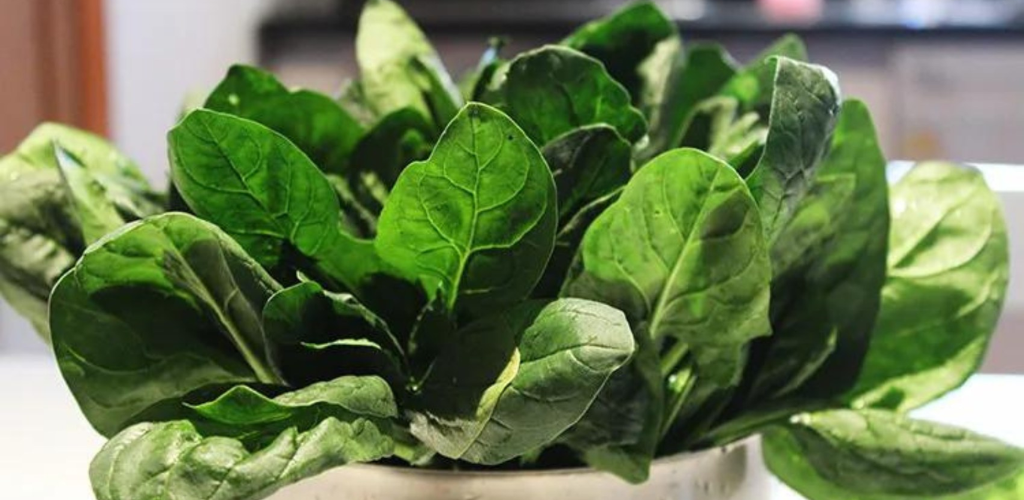10 Tips for Growing Spinach Indoors Year-Round
Growing spinach plants that thrive in cold conditions excels in cool spring and fall gardens, but they tend to bolt during the heat of summer, and harsh winter conditions can be detrimental to their survival. However, growing spinach indoors in pots offers the opportunity to harvest fresh, homegrown spinach all year long.
While spinach thrives in cool outdoor climates, there are many benefits to growing this plant indoors. Not only does indoor growing allow for winter spinach, it also serves as a preventative measure against pests and bolting.
Plus, growing spinach on your windowsill makes harvesting easier. The process of growing spinach indoors closely resembles that of growing indoor herbs, requiring the right mix of light, water, and a touch of fertilizer. This guide is designed to help you grow a thriving spinach crop in your kitchen, no matter the season.
- Choose the right containers.
Spinach plants adapt to confined spaces and do not need exceptionally deep soil, but it is advisable to select pots that are at least 14 inches in diameter. A pot of this size will accommodate approximately 3 or 4 spinach plants. While terracotta pots and window boxes are conventional options for indoor gardens, spinach can also be grown in grow bags. Make sure that whatever container you choose has adequate drainage holes to avoid waterlogged soil.
- Use a quality potting soil.
If you’re used to growing spinach in an outdoor garden, you may be tempted to use garden soil in your indoor pots, but this is not recommended. Garden soil tends to have poor drainage when used in containers. Instead, choose a nutrient-rich, well-draining potting soil for your spinach plants. You can also enrich it by incorporating a handful or two of compost or worm castings before you begin the planting process. - Choose a Bright Location.
While spinach doesn’t need as much bright light as some other vegetables, it’s still necessary for successful indoor growing. Providing at least 4 to 6 hours of light per day is essential for robust growth and lush leaf production. To ensure your spinach gets enough light, place your plants on a sunny windowsill or position them under a bright grow light. - Follow the planting instructions.
Growing spinach indoors can be started with plants purchased from a nursery, but starting from seed is generally easier. Seeds can be started at any time of year, with the option of sowing them in succession every few weeks. To facilitate proper growth, plant spinach seeds half an inch deep in holes spaced about 2 inches apart. - Use a heat mat.
Although spinach thrives in cool weather, seed germination can be hampered in excessively cold temperatures. This may not be a problem if you are growing spinach indoors, but if you choose to grow it in a garage or other outbuilding, it may be beneficial to place a heat mat under your plant pots to speed up germination. Spinach seeds kept in a temperature range of 40 to 75°F should generally germinate in about 5 days.
- Water regularly.
After planting your spinach seeds, it is important to maintain regular watering to keep the soil consistently moist without becoming waterlogged. In the early stages, when the seeds are young and delicate, using a spray bottle can be a gentle way to water the pots without dislodging the lightweight seeds. As the spinach grows, water the plants when the top inch of soil is dry. Direct the water stream toward the soil line to keep the spinach leaves dry, promoting a disease-free environment.
- Thin the plants.
When the spinach plants are a few inches tall and have developed one or two sets of true leaves, it is a good idea to thin them. The goal is to select the healthiest plants and avoid overcrowding in the pots, which can lead to stunted growth and susceptibility to plant diseases. Thin the spinach plants, e
